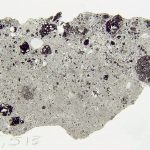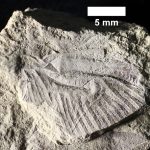Ancient Egyptian rock art reveals early kings’ divine power and brutality
Today, the desert around Wadi el Malik in southern Egypt appears empty and lifeless.
But carved into the rocky cliffs are hundreds of ancient images—silent...
How rising ocean oxygen sparked an explosion of ancient marine life
Nearly 400 million years ago, life in the oceans changed forever.
New research shows that a rise in deep-ocean oxygen levels opened up previously uninhabitable...
The last women of the sea: How Korea’s Haenyeo divers rival marine mammals
Off the coast of South Korea lies the island of Jeju, home to one of the most extraordinary traditions in the world.
For centuries, women...
Ozone could warm the Earth more than we first thought
Ozone is best known as the invisible shield high in the atmosphere that protects us from the sun’s harmful ultraviolet rays.
But ozone is also...
Scientists discover earliest evidence of humans and Neanderthals interbreeding
For many years, scientists believed that Homo sapiens and Neanderthals were two separate human groups that only met and interbred much later in history.
But...
What is the Moon made of (hint it’s not cheese)
A set of instruments shut off almost 50 years ago are still producing useful results.
It’s the seismometers left by the Apollo missions to monitor...
Dinosaur fossils reveal clues that could help fight cancer
A new study published in the journal Biology suggests that advanced techniques used to study dinosaur fossils might help scientists better understand cancer.
Researchers from...
Apollo 17 moon rock opened after 50 years reveals mysterious lunar landslide
More than half a century after astronauts last set foot on the moon, the Apollo program is still offering up surprises.
A sample of lunar...
75-million-year-old dragonfly fossil fills evolutionary gap in Canada
For the first time, paleontologists have uncovered a dragonfly fossil from Canada’s dinosaur age, and it’s helping to close a major gap in the...
Viking silver hoard reveals trade routes from England to the Islamic world
A remarkable Viking treasure uncovered in North Yorkshire has revealed that Viking wealth stretched far beyond raiding monasteries and coastal towns.
New research shows that...










